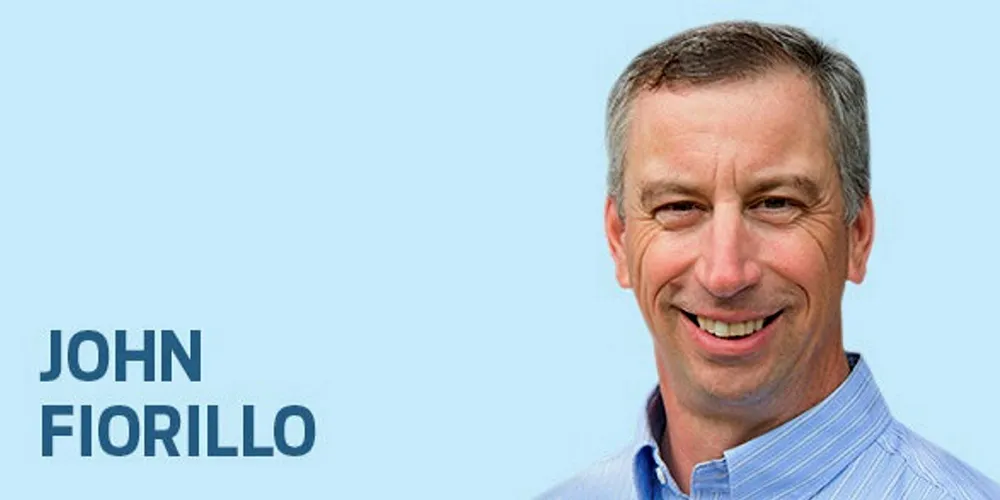These leaders have forever changed the seafood industry
The IntraFish Person of the Year award, now more than a decade old, is in the hands of some of the most dynamic leaders in seafood.

The IntraFish Person of the Year award, now more than a decade old, is in the hands of some of the most dynamic leaders in seafood.
